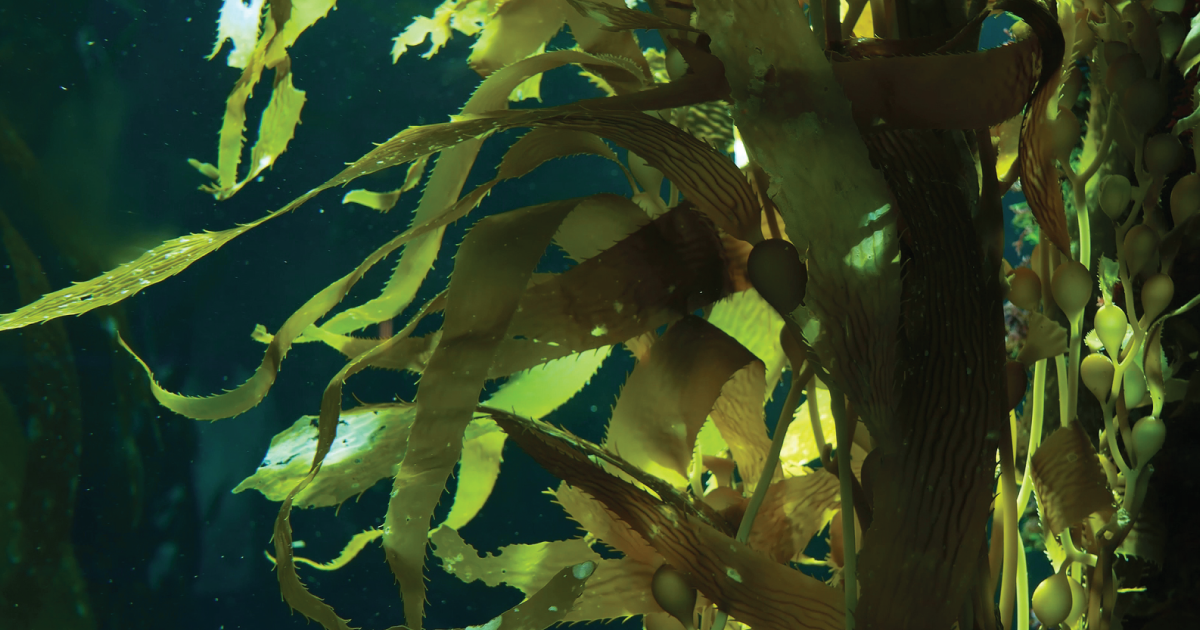
Kelp at the Crossroads: Should Seaweed Farming Be Better Regulated?
On Vancouver Island, seaweed is abundant, diverse, useful, and symbolic. Indigenous peoples have used it for centuries for food preparation, fishing, and as a cultural and spiritual touchstone. On the island’s southwest coast, Dr. Louis Druehl started farming and researching kelp in the late 1970s and says he has dedicated his life to it “and loved every minute.”
July 20, 2021 | Source: Civil Eats | by Lisa Held
Major players are investing in seaweed farms in Canada and Maine, but some Indigenous communities, small-scale farmers, and harvesters are concerned about fast, unregulated growth.
On Vancouver Island, seaweed is abundant, diverse, useful, and symbolic. Indigenous peoples have used it for centuries for food preparation, fishing, and as a cultural and spiritual touchstone. On the island’s southwest coast, Dr. Louis Druehl started farming and researching kelp in the late 1970s and says he has dedicated his life to it “and loved every minute.” He mentored seaweed farmer Kristina Long, who now grows bull kelp over about 40 acres, and harvester Amanda Swinimer, who wades out into waist-deep water at low tide to carefully hand-cut blades of winged kelp in just the right spot to ensure regrowth.
These tiny operations barely create ripples within the vast coastal landscape, but kelp—here and elsewhere in North America—is at a crossroads.
